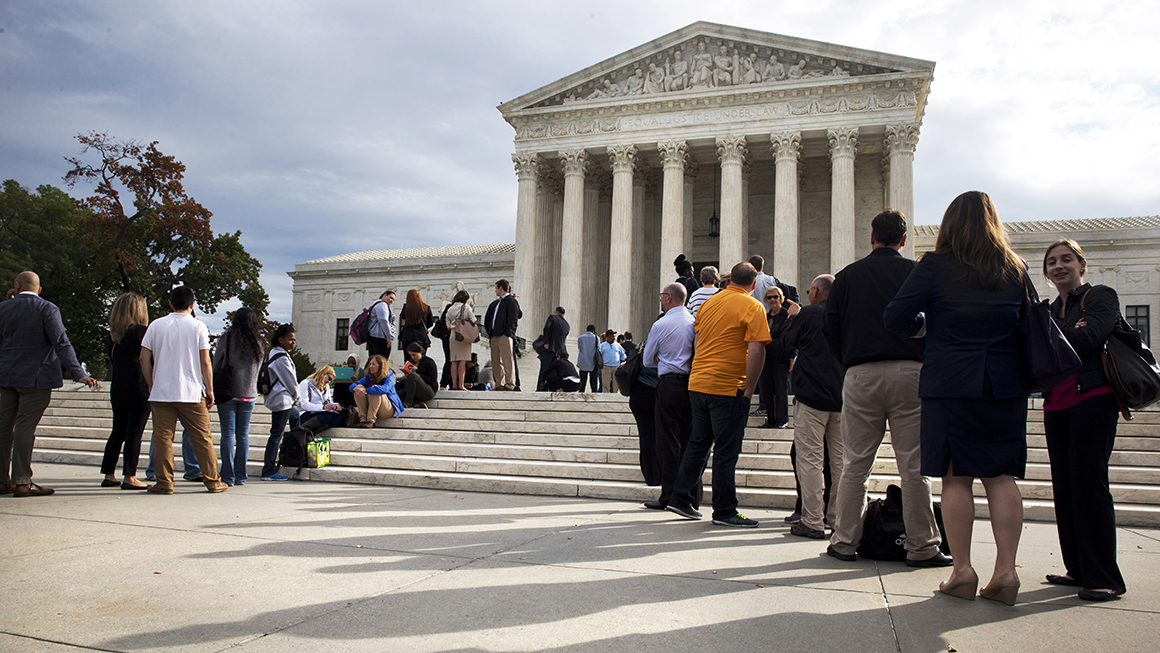
The United States is the only country that sentences juveniles to prison for life without the opportunity for release on parole before turning 18. As of early 2020, about 1,465 people are serving these sentences across the US.
In May, Minnesota became the latest state to ban sentencing minors to life without parole, making it the 29th US jurisdiction to outlaw the policy. But the new law doesn’t just prohibit the sentence—it also encourages alternative approaches to holding children accountable and allocates funds for youth intervention programs to prevent them from entering the juvenile justice system in the first place.
This makes Minnesota the first state to simultaneously abolish juvenile life without parole sentencing and adopt restorative justice practices. The evidence base suggests these policies are effective. Thus, Minnesota offers a case study for future research to further measure their effects on crime and recidivism rates.
The controversial history of juvenile life without parole
The US Supreme Court has been a battleground for juvenile life without parole cases for years, with cases questioning its statutory existence and interpretation. Miller v. Alabama rendered mandatory life-without-parole sentences for juveniles unconstitutional. Then, the subsequent Montgomery v. Louisiana decision deemed the Miller ruling retroactively applicable and afforded all youth sentenced to life without parole the opportunity to have their cases reviewed.
The Eighth Amendment guided the court toward its hallmark decisions surrounding the juvenile question. It cited the “cruel and unusual punishment” clause and determined “Children are constitutionally different from adults for sentencing purposes,” because of their inherent lack of maturity. Most recently however, the court reversed course and determined a judge does not need to make a finding of “permanent incorrigibility” before sentencing a juvenile offender to life without parole—a step that contradicts public safety research and is condemned by international law.
After these decisions, many states began banning juvenile life without parole for various reasons, both through the courts and their legislatures. Hawaii did so citing the policy’s violation of the United Nations Convention on the Rights of the Child and because no other nation carried such a sentence. Jurisdictions like Washington, DC, and Illinois abolished it for moral, ethical, and psychological reasons, with the justification that children are fundamentally different from adults.
Some states also cited the disparate racial and ethnic outcomes of the sentence. Black people make up 42 percent of those serving juvenile life without parole sentences, largely because of innate biases and structural racism within the juvenile justice system. This overarching racial bias was cited by delegate and bill sponsor Jazz Lewis while passing Maryland’s bill that banned the policy.
What makes Minnesota’s law unique?
By centering its law around public safety, Minnesota is not just outlawing the practice of juvenile life without parole. It is also attempting to address the state’s mounting issues with juvenile delinquency by adopting evidence-based restorative justice practices.
The new law creates (PDF):
- state grants for counties to develop local restorative justice initiatives.
- a state board that could release incarcerated people into community supervision programs if they have already served at least 15 years in prison based on their cognitive, emotional, and social maturity.
- a statewide Office of Restorative Practices to promote community-based approaches to respond to victims’ needs and address underlying behaviors — all while holding children accountable without sending them through the traditional legal system and without a criminal record.
Minnesota’s law will add to the evidence base on restorative justice
Research shows on average, restorative practices have positive effects on recidivism rates and crime victims. And nationally, there has been an increasing desire for rehabilitative juvenile justice policies rather than punitive measures. One Urban Institute study found that juvenile justice professionals, including judges, prosecutors, court administrators, defense attorneys, and chief probation officers, generally wanted more rehabilitative programs, along with public support for initiatives like mental health and substance abuse treatment, alternatives to secure lockdowns, more community-based programs, and “more appropriate punishments” for young offenders.
Other jurisdictions have also implemented restorative and rehabilitative policies, including more than 45 states that have codified these practices into law (PDF).For instance, Colorado’s juvenile restorative justice and diversion program has a 90 percent completion rate as of 2019 and lower recidivism rates compared with alternatives, and participants have improved socio-emotional development—specifically in empathy, connections to adults, locus of control, and sense of accountability.
Programs specifically geared for adults have shown promise as well. California’s Yolo County Restorative Justice Partnership has a 37 percent lower recidivism rate compared with those participating in other interventions, while Vermont’s Court Diversion program has lower recidivism rates than the traditional criminal justice system (PDF), with only a fifth of the cost.
Studying Minnesota’s implementation of its new law will help assess the impact of such policies on juveniles and public safety outcomes. Among other results, researchers should explore data gaps, including specific areas of crime (such as violent, property, or drug crimes) these practices are most or least effective in addressing. Future analyses should also explore the cost savings restorative justice programs generate for taxpayers, as some research shows juvenile life without parole sentences cost $33,000 a year per person and over a lifetime, can cost US tax payers hundreds of millions.
Minnesota is the 29th US jurisdiction to end juvenile life without parole sentencing, and likely will not be the last. Continuing to build the evidence base on its effects and companion initiatives will help ensure future policies can achieve their intended goals of public safety and juvenile rehabilitation.
Let’s build a future where everyone, everywhere has the opportunity and power to thrive
Urban is more determined than ever to partner with changemakers to unlock opportunities that give people across the country a fair shot at reaching their fullest potential. Invest in Urban to power this type of work.